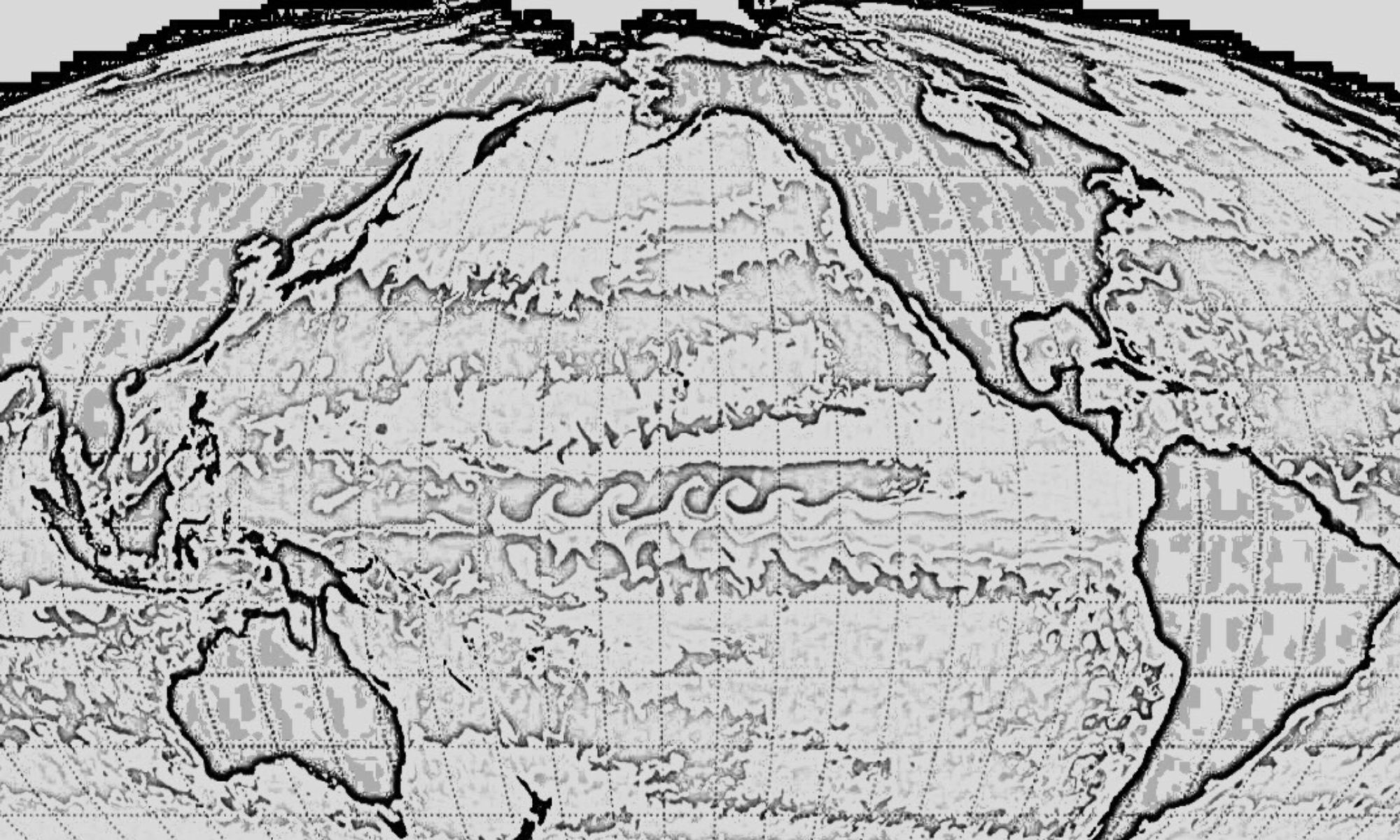CBIOMES research challenges long-held assumption of niche conservatism in zooplankton populations.
Reporting by Helen Hill for CBIOMES
In a new study published in Ecology Letters, CBIOMES researchers Niall McGinty and Andrew Irwin from Dalhousie University have unveiled significant insights into the global variation in zooplankton niche divergence across ocean basins. This research challenges the long-held assumption of niche conservatism in zooplankton populations and highlights the adaptive potential of these organisms in response to environmental changes.
The study meticulously analyzed niche divergence among 223 globally distributed zooplankton species across the seven main ocean basins. By leveraging data from the ‘Zoobase’ database and employing advanced modelling techniques, the researchers were able to assess the extent of niche divergence within species across different environmental gradients. The findings revealed that out of 828 ocean basin comparisons, 357 exhibited niche divergence, indicating a substantial variation in ecological niches among zooplankton populations.
One of the key discoveries to emerge from the study is the higher likelihood of niche divergence in species inhabiting colder temperatures and nearshore environments. This suggests that environmental heterogeneity and how easily organisms can disperse to similar habitats elsewhere in the ocean plays a crucial role in driving niche divergence, as species adapt to varying conditions across different ocean basins. The study also identified opposing temperature responses in four comparisons, which may be attributed to the distinct connectivity patterns between these regions.
The concept of niche conservatism, which posits that closely related species retain their ecological niches over time, has been a cornerstone in understanding species’ responses to climate change, invasive species dynamics, and global biodiversity patterns. However, McGinty and Irwin’s research provides compelling evidence that niche divergence is more prevalent than previously thought, especially in cosmopolitan species that encounter diverse environmental conditions.
To achieve these insights, the researchers employed a hierarchical generalized additive model (HGAM), which allows modeling of nonlinear functional relationships between covariates and outcomes where the shape of the function itself varies between different grouping levels, to analyze the presence and distribution of zooplankton species across ocean basins. This model allowed them to account for the complex interactions between environmental variables and species’ ecological niches. By examining paired ocean basin areas, the study was able to identify significant niche divergence, highlighting the adaptive potential of zooplankton populations.
The implications of this research are profound, particularly in the context of climate change. As ocean temperatures continue to rise and environmental conditions shift, understanding the adaptive capacity of zooplankton is crucial for predicting the future dynamics of marine ecosystems. The study underscores the need to incorporate niche divergence into models that forecast species’ responses to climate change, as traditional models based on niche conservatism may underestimate the resilience and adaptability of marine organisms.
Moreover, the findings have important implications for conservation efforts. By recognizing the adaptive potential of zooplankton, conservation strategies can be better tailored to protect these vital components of marine food webs. The study also emphasizes the importance of continuous monitoring and data collection to capture the dynamic nature of ecological niches and species’ responses to environmental changes.
Publication
Neill McGinty, A.J. Irwin (2025), Global Variation in Zooplankton Niche Divergence Across Ocean Basins, Ecol. Lett., doi: 10.1111/ele.70089


